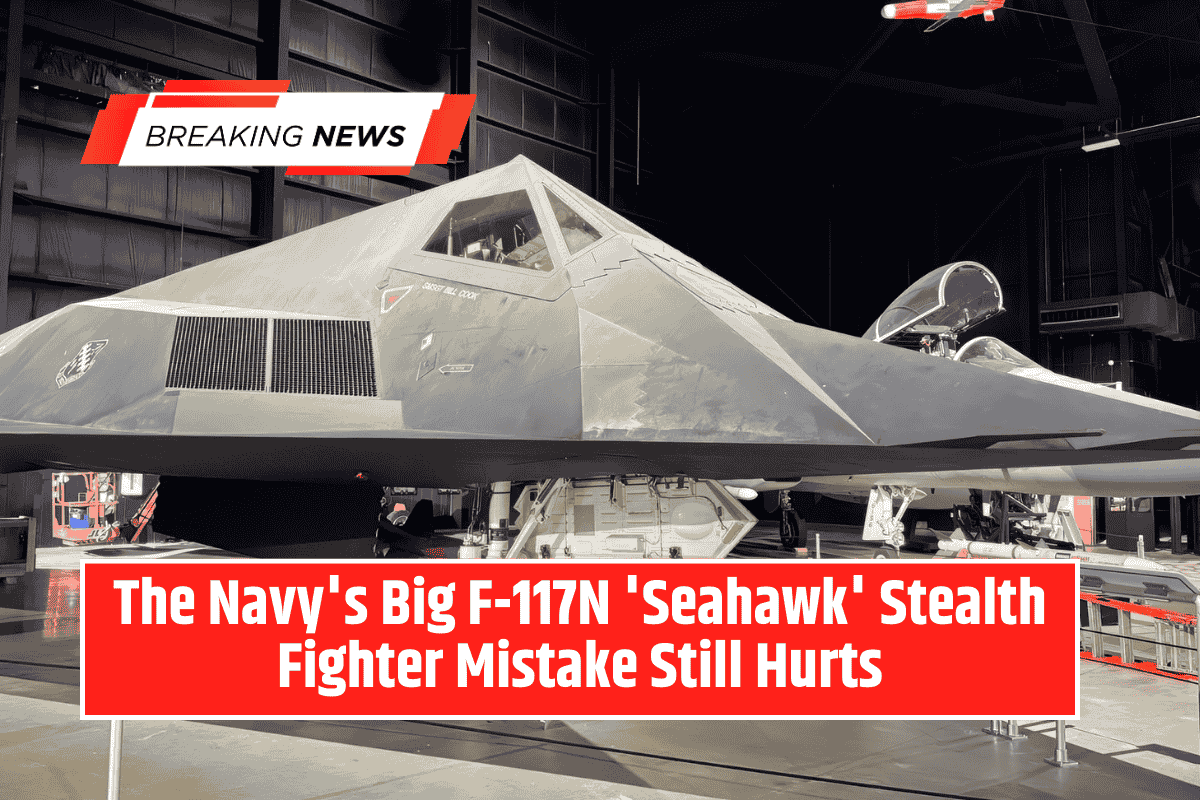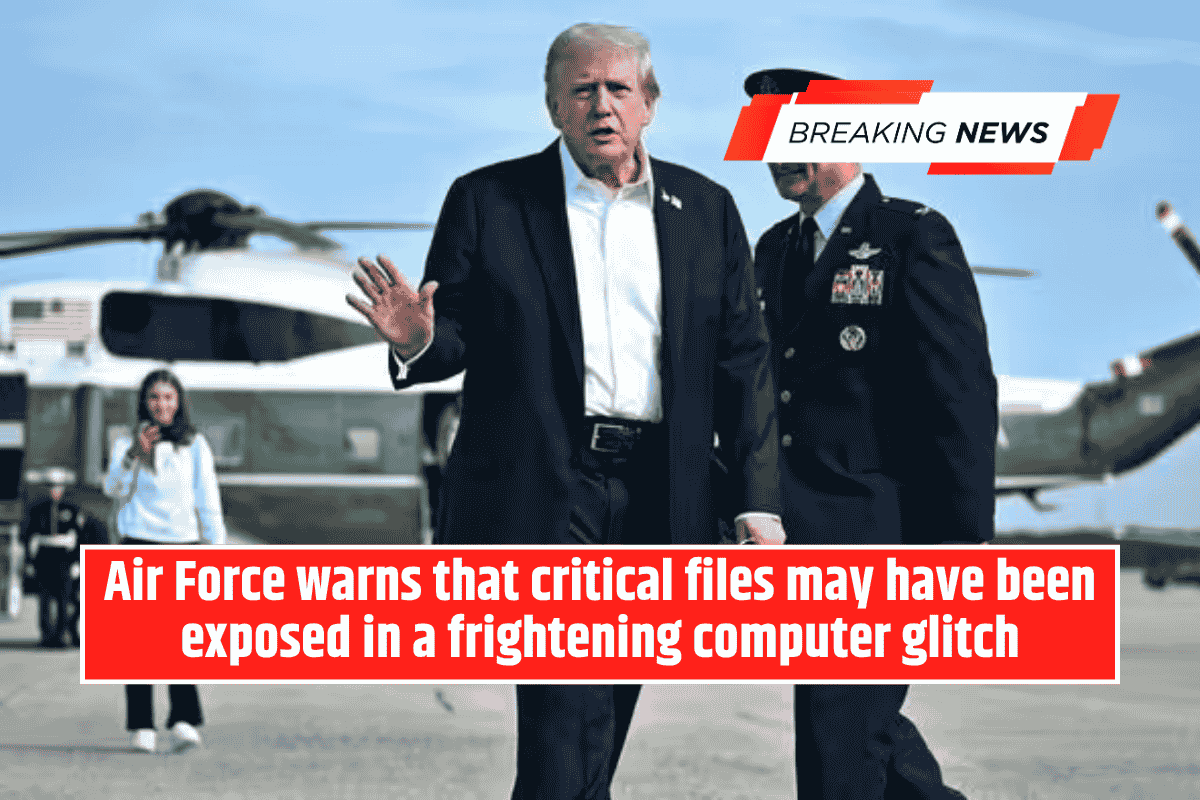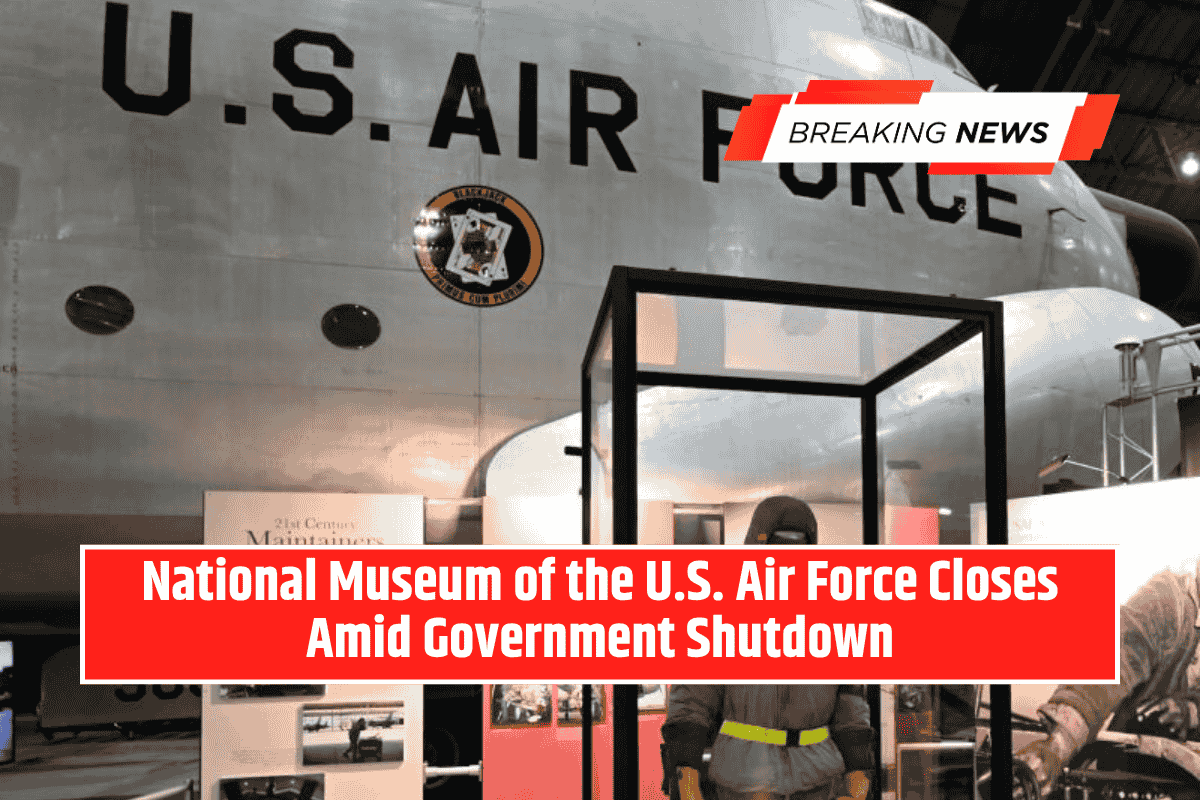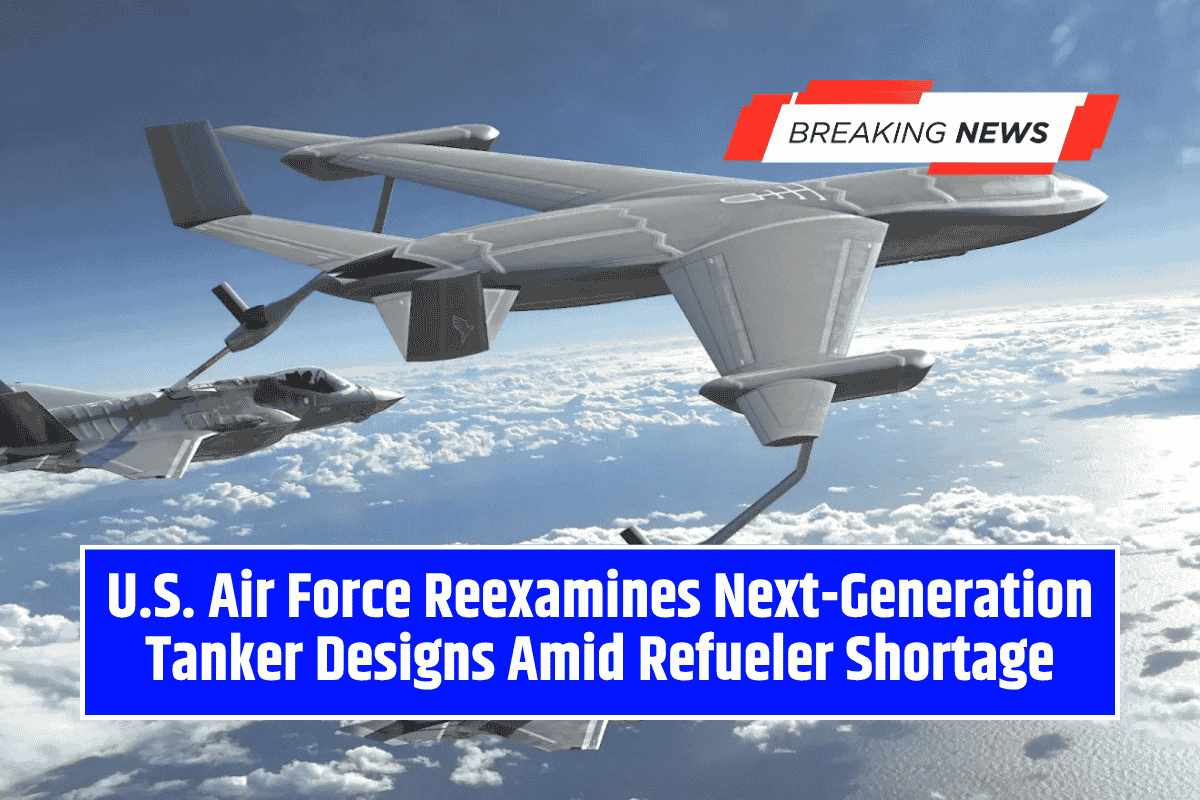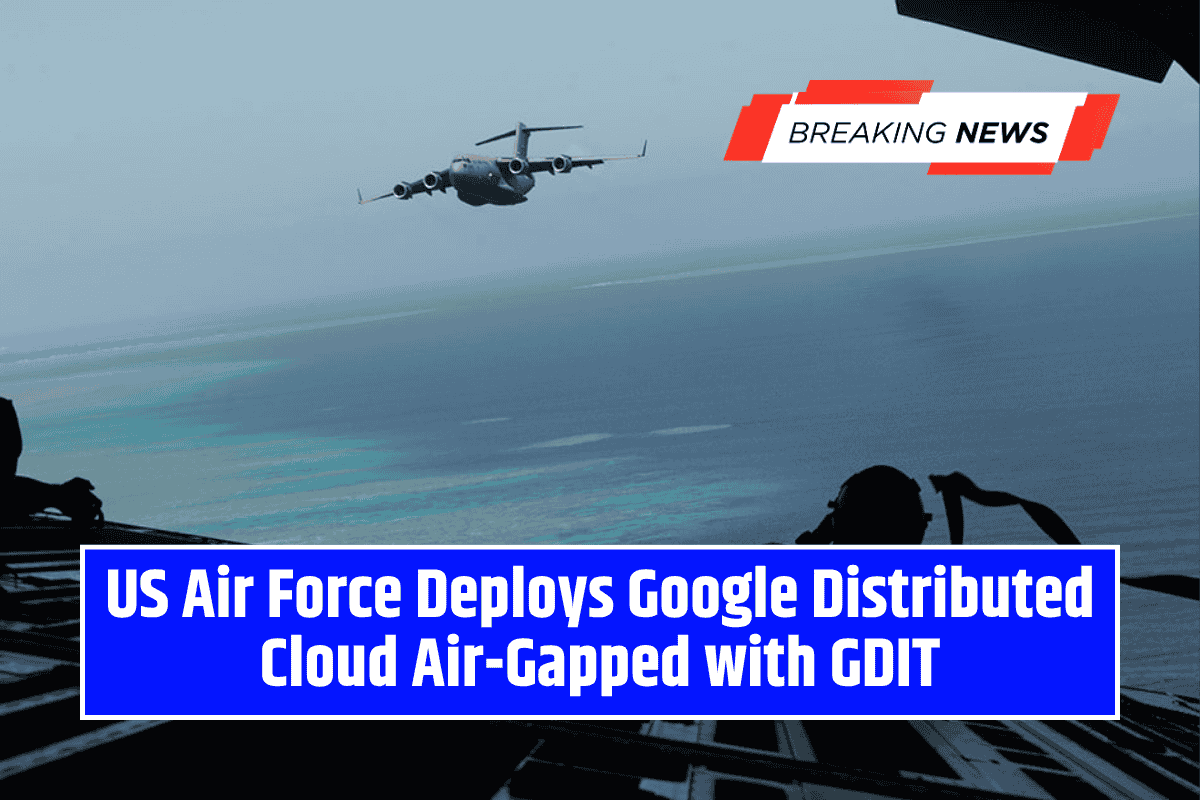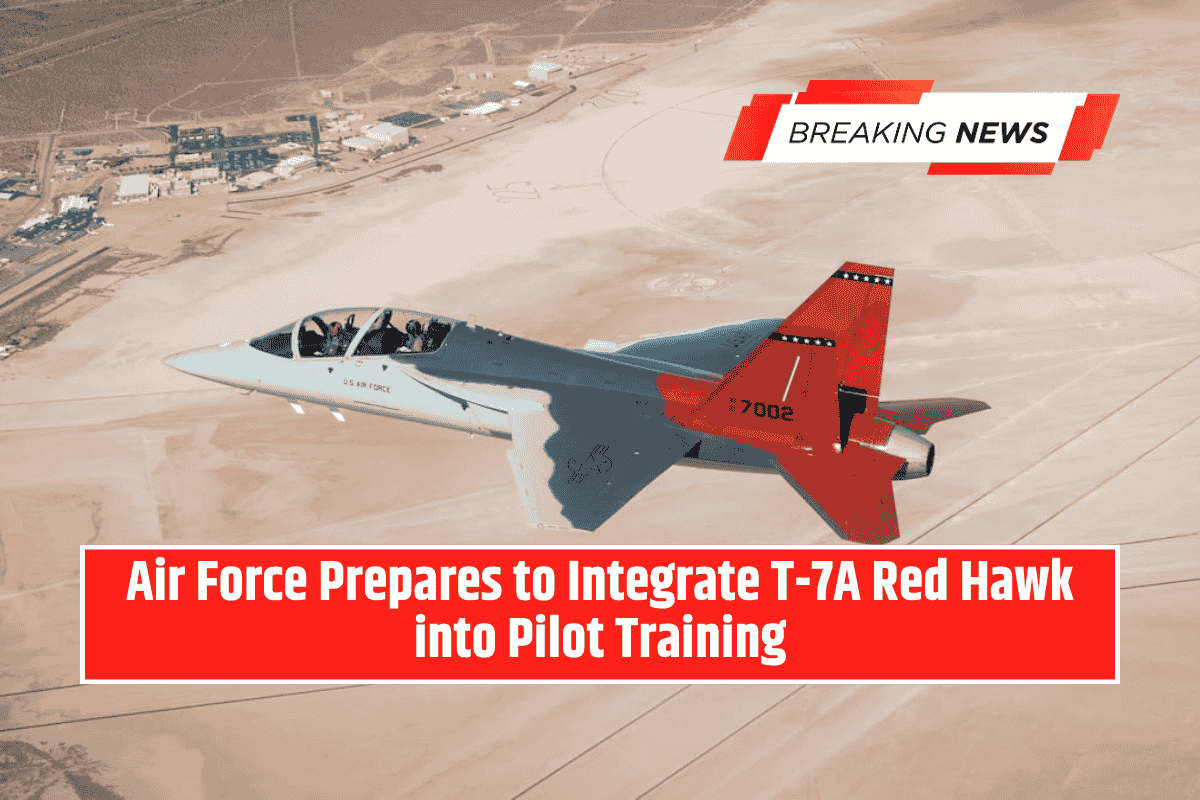The early 1990s left the Navy without its planned stealth attack jet (A-12). The fleet’s stopgaps—upgraded Super Hornets and legacy conversions—could carry precision munitions but lacked routine, organic day-one penetration into sophisticated integrated air defense systems.
The Air Force’s F-117 had already proven the tactical utility of stealth for surgical strikes; the Seahawk was the logical question: could carriers get the same capability tailored for the maritime environment?
What the F-117N Would Have Been (Conceptually)
The Seahawk was not meant as a dogfighter or a multi-role jack-of-all-tasks. It was a purpose-built, carrier-adapted stealth striker that would have included:
- Nautical robustization: beefed structure and landing gear, tailhook, modified high-lift devices, trap-friendly approach handling, folding or reduced span for deck stowage, and saltwater-resistant coatings.
- Maritime sensors and emissions control: a missionized navigation/attack radar (maritime modes), EO/IR integration, and disciplined emission-management logic suited to the noisy carrier electromagnetic environment.
- Internal weapons bay optimized for carrier needs: carriage for SDB-class weapons and compact standoff munitions to produce multiple precise effects without external signature penalties.
- Optional two-crew arrangements: to offload high cognitive strike tasks—targeting, EW, weapons timing—mirroring strike doctrine in two-seat naval jets.
Performance Pillars That Mattered at Sea
- Reach with Margin: More wing and fuel to make trap speeds and carrier launch/recovery practical while preserving range—critical for Pacific operations where tankers and close-in orbits are hazardous.
- Survivable Magazine Depth: Internal carriage of multiple precision weapons to create massed first-night effects from the carrier itself.
- Precision in Maritime Conditions: Sensor suites and tactics to operate in weather, clutter, and littoral environments where shipboard strike must be precise and legal.
How a Seahawk Would Have Operated in a Strike Package
A Seahawk detachment would have been a first-in hitter for the carrier strike group. Typical employment: night or degraded-weather launch from a safe standoff, possible tanker top-off on a distant track, then a low-emissions ingress to surgically remove long-range radars, sector command posts, or mobile SAM batteries.
Internal weapons and timed salvo coordination would let Seahawk crews create multiple holes in an adversary’s IADS in hours—opening corridors for F-35Cs, Super Hornets, and stand-off shooters to follow.
Why the Navy Passed—and Why Those Reasons Weakened Over Time
Contemporaneous rationales:
- Program fatigue and constrained budgets after A-12.
- Culture and logistics concerns about adding a single-mission platform to complex carrier air wings.
- Belief in standoff, jamming, and the JSF (F-35C) to solve the penetration problem.
By 2025 those arguments look thinner: China’s integrated maritime kill chains, long-range seekers, and mobile SAMs create a campaign environment where organic carrier stealth and magazine depth reduce risk and increase options in the opening phase—things standoff alone cannot reliably provide at scale.
The Case for a Testbed — Lessons Never Learned
Even if fleet buyback was politically unrealistic, a flight demonstrator would have been high value:
- Real deck-level data on how coatings, seams, and hinges fare under salt and repeated traps.
- Low-speed handling and high-lift treatments that preserve LO while making carrier approaches safe.
- True maintenance rhythm and sortie generation costs for LO jets at sea.
- EM discipline and tactics for operating stealth in a dense carrier communications/radar environment.
Those empirical lessons would have flowed into F-35C tactics, EA-18G teaming, and future unmanned or crewed strike designs—saved by testing rather than discovered under fire.
How the Seahawk Would Have Complemented the F-35C
The F-35C is a sensor-rich, stealthy quarterback; the Seahawk would have been a strike-centric battering ram:
- Division of labor: F-35C finds and fuses, Seahawk delivers concentrated internal loads quickly.
- Surge capacity: More stealth magazine across the fleet without waiting for full F-35C saturation.
- Simpler sustainment for a strike jet: Potentially quicker turn cycles focused on weapons and LO preservation, rather than multi-mission logistics.
Risks, Tradeoffs, and Practical Challenges
- Navalizing the F-117’s planform posed engineering risks: handling, folding edges, vulnerability of hinges to radar returns, and a steep LO maintenance curve on the deck.
- Logistics and training would strain crews and techs already modernizing for F/A-18E/F and later F-35C.
- Political optics: another stealth program after A-12 could be a hard sell in Congress and the Pentagon’s budget process.
None of these were impossible—only costly and politically sensitive. The question was whether the strategic payoff justified the expense and risk. History chose otherwise.
Strategic Takeaway: A Missed Opportunity for Carrier Airpower
Not buying or even testing the Seahawk left the carrier force without a routine, organic day-one stealth strike element for two decades. That gap affected tactics, maintenance culture, and deterrent posture.
Today’s debates about carrier survivability, distributed lethality, and strike density would have been better informed had the Navy flown a Seahawk demonstrator and worked the deck-level problems in peace.
Fly the Idea, Even If You Don’t Buy the Fleet
The Seahawk’s central lesson is procedural as much as technical: when a plausible, buildable derivative promises concrete operational advantages, prove the concept airborne. Demonstrators create institutional learning that outlives programs.
As the Navy contemplates future crewed/uncrewed mixes and specialized strike platforms, the Seahawk’s ghost should remind planners to turn credible concepts into practical test articles—so the fleet learns the hard truths long before the bullets fly.
